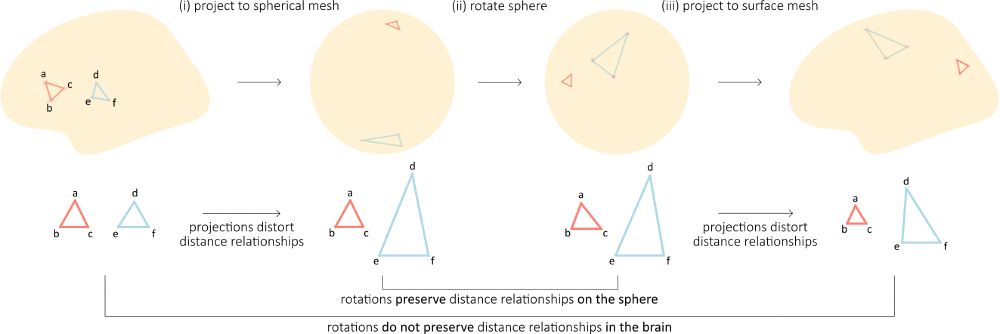Ted Satterthwaite
@ted-satterthwaite.bsky.social
1K followers
410 following
76 posts
McLure II Professor
PennLINC | University of Pennsylvania
www.pennlinc.io
neurodevelopment, neuroimaging, neuroinformatics, & mental health
Posts
Media
Videos
Starter Packs
Reposted by Ted Satterthwaite
Reposted by Ted Satterthwaite
Reposted by Ted Satterthwaite
Reposted by Ted Satterthwaite
Reposted by Ted Satterthwaite
Reposted by Ted Satterthwaite
Reposted by Ted Satterthwaite
Reposted by Ted Satterthwaite















